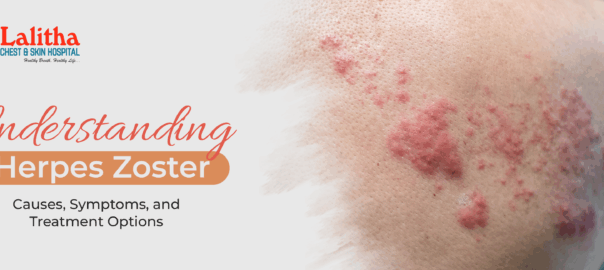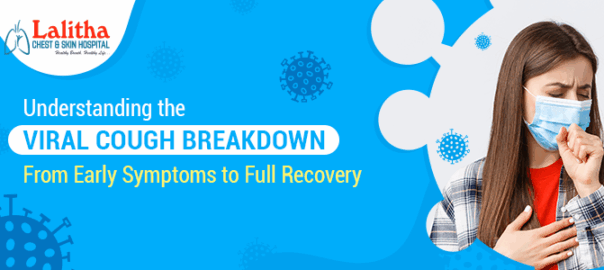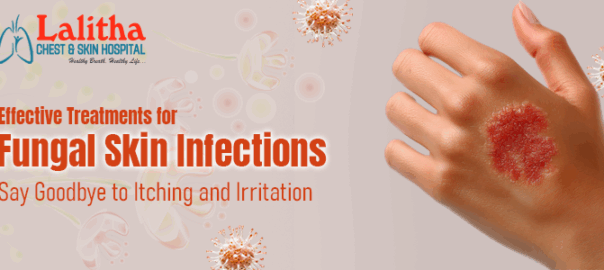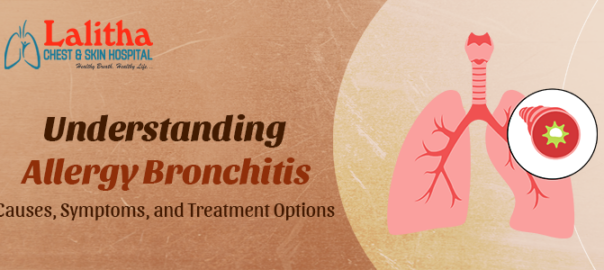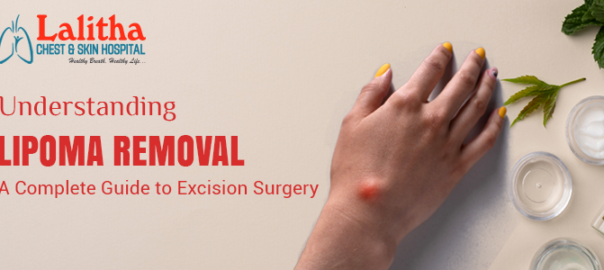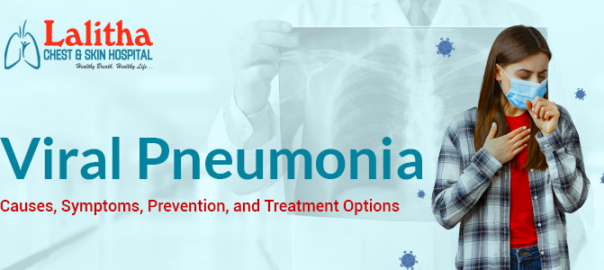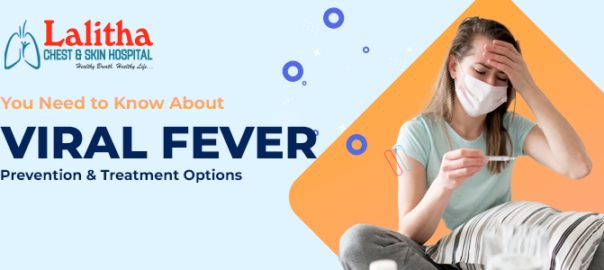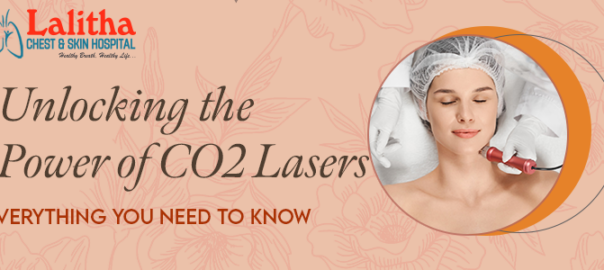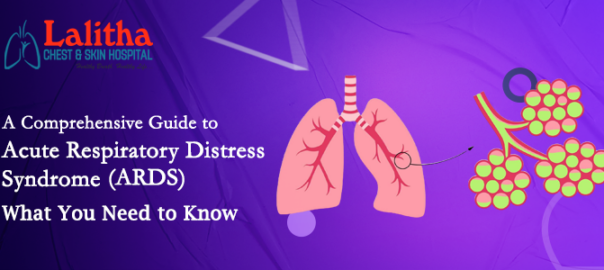Herpes Zoster, more commonly known as shingles, is a painful skin condition that affects millions of people worldwide each year. While often associated with aging, shingles can impact individuals of various age groups, particularly those with weakened immune systems. Understanding what causes herpes zoster, recognizing its symptoms early, and knowing the available treatment options are key to managing this condition effectively.
“Shingles, or herpes zoster, occurs when the varicella-zoster virus-responsible for chickenpox-becomes active again after lying dormant in nerve tissue for years following a chickenpox infection,” explains Dr. B. Jyothi, a well-known dermatologist in Karimnagar.
This blog, enriched with insights from Dr. B. Jyothi – a leading specialist in herpes zoster treatment in Karimnagar – is designed to provide a comprehensive overview of the condition, including its causes, symptoms, and the most effective treatment options.
What are the Causes and Risk Factors of Herpes Zoster?
The exact reason the varicella-zoster virus reactivates isn’t always clear, but several risk factors increase the likelihood of developing shingles:
- Age: Individuals over 50 are at higher risk.
- Weakened Immune System: People undergoing chemotherapy, living with HIV, or taking immunosuppressive drugs are more vulnerable.
- Stress and Trauma: Physical or emotional stress may contribute to immune suppression, triggering reactivation.
- History of Chickenpox: Only those who’ve had chickenpox (or received the chickenpox vaccine) are at risk.
Although shingles isn’t contagious, the varicella-zoster virus that causes it can be transmitted to individuals who haven’t had chickenpox, potentially leading them to develop chickenpox rather than shingles.
Symptoms of Herpes Zoster?
Shingles typically begins with warning signs a few days before a rash appears. Common early symptoms include:
- Localized Pain or Tingling: Usually on one side of the body or face.
- Itching or Burning Sensation: Often confused with skin irritation.
- Fever and Fatigue: Mild flu-like symptoms can occur.
Once the rash appears, it usually progresses through several stages:
- Red Patches: A band or strip of red skin, commonly on the torso or face.
- Blisters: Fluid-filled blisters that resemble chickenpox.
- Crusting and Healing: Blisters eventually dry out and form scabs.
The pain associated with shingles can range from mild to severe and may persist even after the rash clears—a condition known as postherpetic neuralgia (PHN).
Treatment Options for Herpes Zoster?
Early diagnosis and treatment can significantly reduce the severity and duration of shingles. Here are the primary treatment approaches:
- Antiviral Medications:
These are most effective when taken within 72 hours of the rash appearing. Common antivirals include:
- Acyclovir
- Valacyclovir
- Famciclovir
They help speed up recovery and lower the risk of complications.
- Pain Management:
Depending on the severity, pain relief may involve:
- Over-the-counter medications (ibuprofen or acetaminophen)
- Prescription-strength painkillers
- Topical creams containing lidocaine or capsaicin
- Steroids: In some cases, corticosteroids may be prescribed to reduce inflammation, especially if the shingles affect the eyes or ears.
- Home Care: Rest, cool compresses, oatmeal baths, and loose clothing can help relieve discomfort and promote healing.
Preventive Measures: One effective way to protect against shingles or lessen its impact is by getting vaccinated. The CDC advises that adults aged 50 and older receive the Shingrix vaccine, regardless of past shingles episodes or previous vaccinations.
When to See a Doctor for Herpes Zoster?
Immediate medical attention is necessary if:
- The rash spreads to the eyes (risking permanent vision damage)
- Pain or rash is unusually severe
- You are immunocompromised
- You suspect shingles and want to start antiviral treatment promptly
Herpes Zoster can be a distressing and painful condition, but with proper awareness, early intervention, and preventive care, its impact can be significantly reduced.
Whether you’re looking to protect yourself or help a loved one through their recovery, understanding shingles is the first step toward effective management.
If you are in Karimnagar and searching on Google with terms like, “shingles specialist near me“, or “skin specialist in Karimnagar“, consider visiting Lalitha Chest and Skin Hospital. Dr. B. Jyothi, a highly experienced dermatologist in Karimnagar, specializes in the management of Herpes Zoster and offers expert consultations with personalized care. To learn more or book an appointment, visit https://lalithachestandskinhospital.com/.

